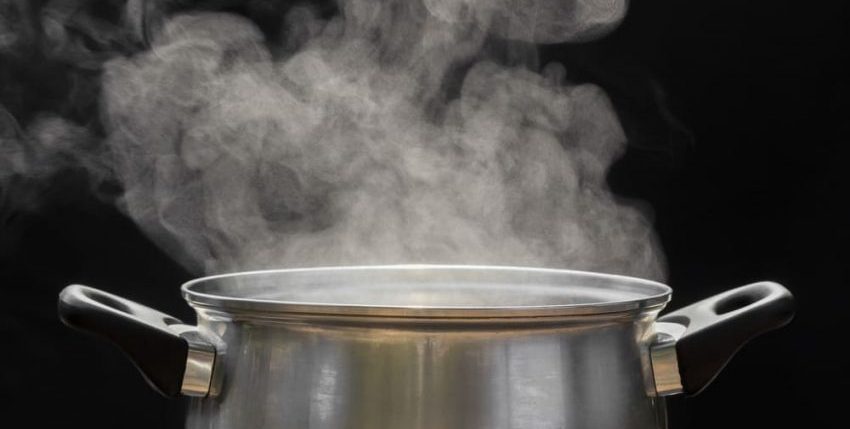The physical phenomenas are those changes that a substance undergoes without this altering its nature, properties or constitution. Atthem, I just know produces a change of state, shape or volume.
Physical phenomena also occur when a body moves or moves from one point to another. This type of phenomenon is also identified by being reversible.
The physical phenomena are then opposed to the so-called chemical changes, which happen precisely when there is a transformation in the nature or composition of the substance. Or, when a new one is produced.
This happens for example when we bring a piece of paper to the flame of a candle. After the paper catches fire, we can see that it has turned to ash. In this case then we are faced with a chemical phenomenon since the paper, together with the fire, were transformed into ashes.
As can be seen, these phenomena they are not reversibleas those ashes cannot be turned back into paper. As if it happens for example with a melting ice cube. It can return from a liquid to a solid state if it is placed back in the freezer.
- All about Physical and Chemical Phenomena
Examples of physical phenomena

- When we put water in a saucepan and put it on the fire until it boils. In this process, the water goes from a liquid to a solid state.
- When the sea tide rises and falls.
- When we wash our hands with water and then put them under the hand dryer, it evaporates and we dry ourselves.
- When we kick a soccer ball and it moves from one point of the court to a different one.
- The characteristic rotational and translational movements of planet Earth.
- When we dissolve a handful of salt in water. Although it is dissolved, it does not lose its properties.
- The change in temperature throughout the day.
- When we sand the surface of a wooden board.
- When glass is exposed to fire, it softens and becomes malleable. Although its status changes, its nature remains the same.
- When we break a piece of cement into several pieces.
- When sand and water are placed in the same bucket.
- When the mercury in a thermometer expands as a result of contact with high temperatures.
- When the ethyl alcohol that was in your bottle evaporates. It thus passes from a liquid to a gaseous state, without losing its properties.
- When we make confetti with sheets of paper for a birthday party.
- When a feather is suspended in the air for a while.
- When a breeze or wind blows.
- When we mold a piece of clay and give it a different shape than it was when we found it.
- The water cycle: in this, the water goes through its three states, which are the solid, in the form of ice or snow, the liquid, which we can find in seas, rivers and lagoons, and the gas, which is observed in the clouds.
- When a piece of metal is melted, such as silver. This then goes from the solid to the liquid state.
- When a brisbee or boomerang is thrown into the air.
See more at:
- Examples of Physical Changes
- Examples of Chemical Changes
- Physical and Chemical Phenomena
- Physicochemical Phenomena
